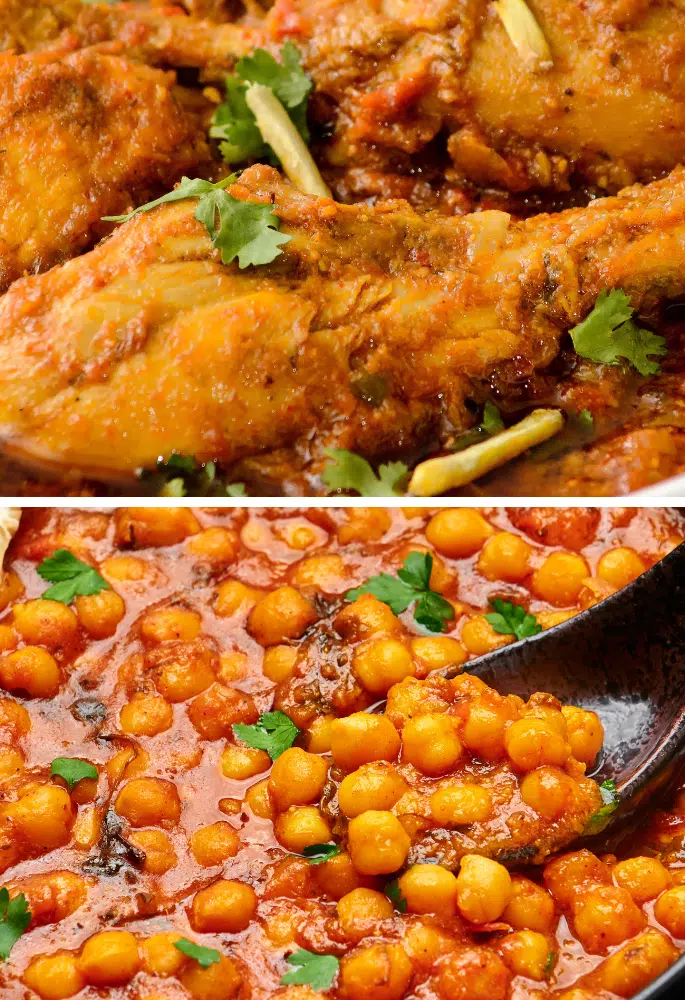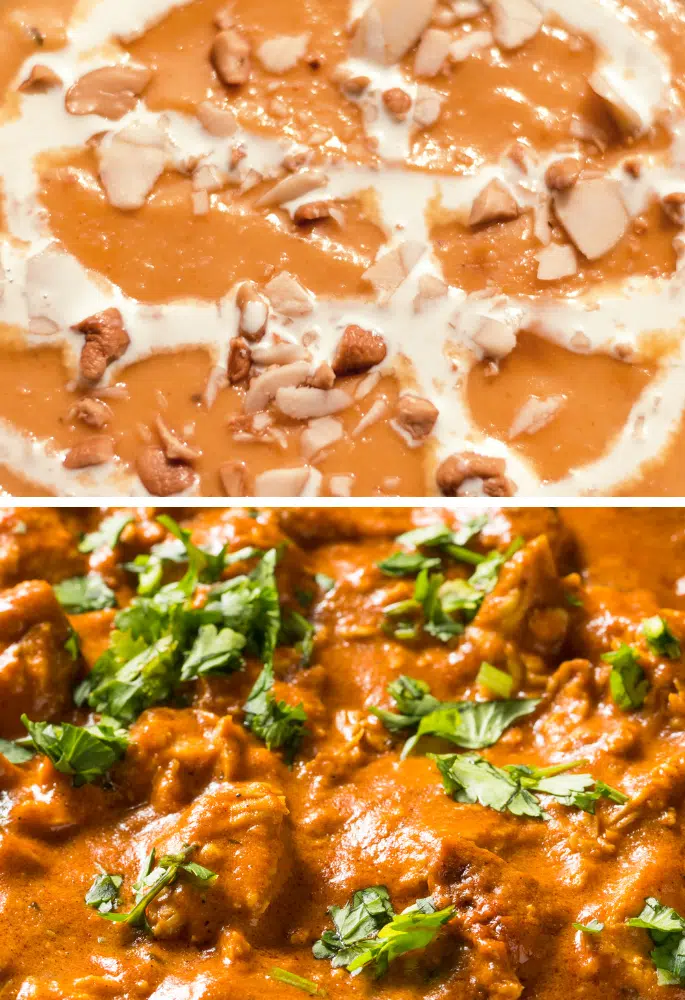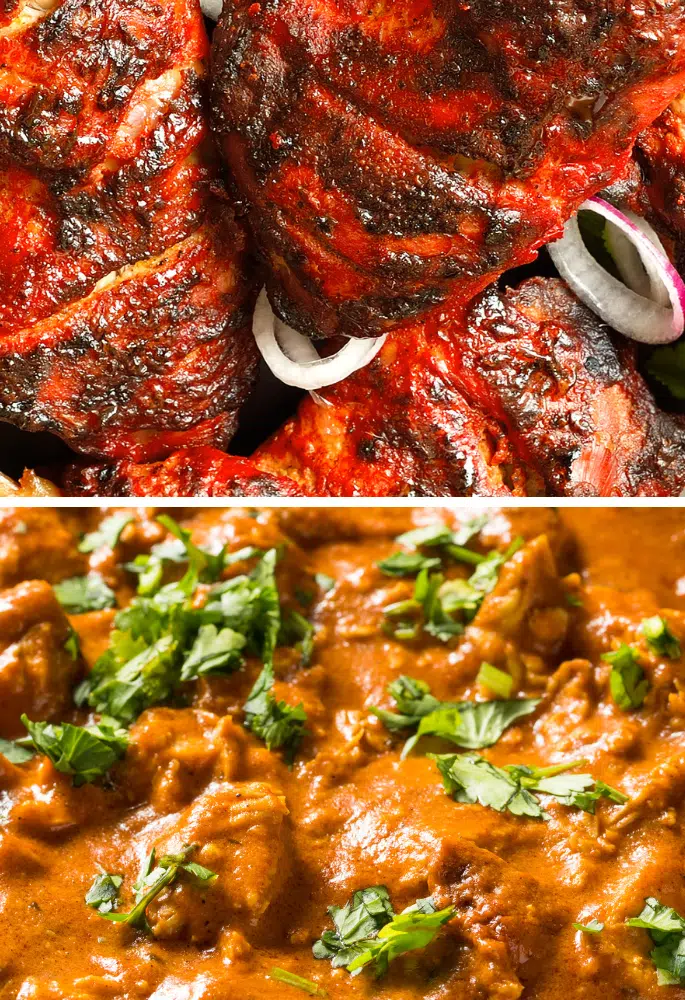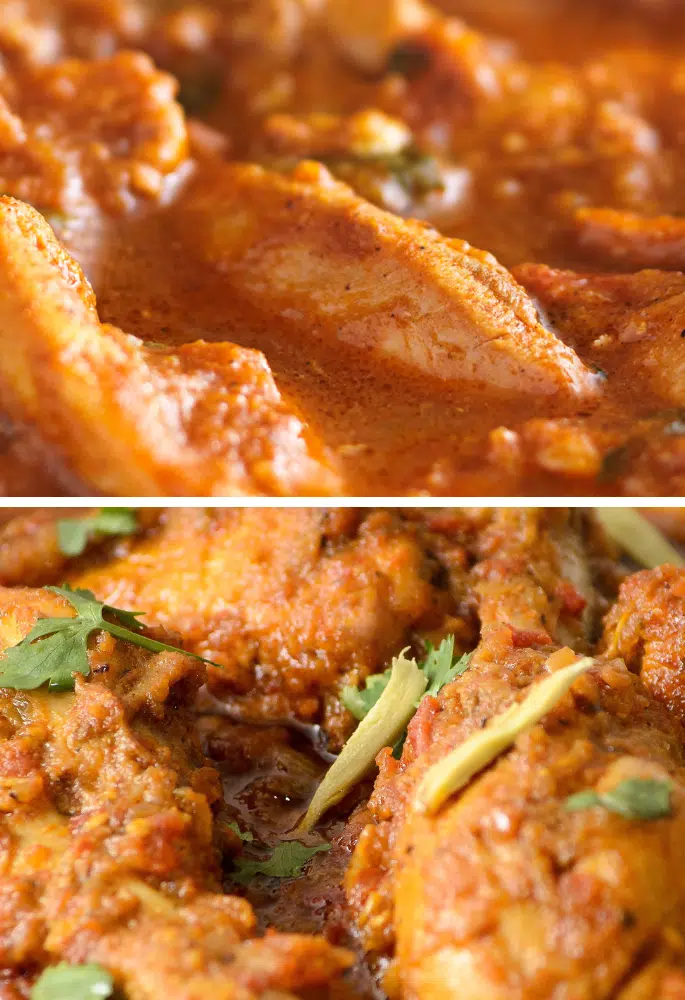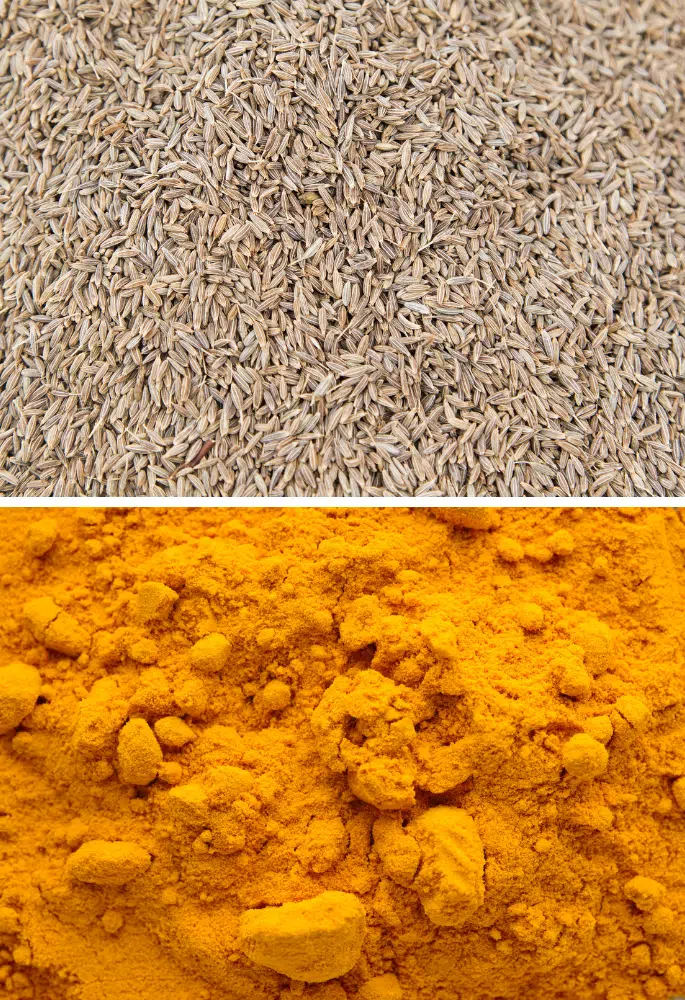Frozen peas are arguably one of the most popular dinnertime veggies. They’re the perfect accompaniment to so many different meals and are a great source of nutrients and vitamins. But what’s the best way to cook them? Can you microwave frozen peas?
To microwave frozen peas, simply place them in a microwave-safe dish and cover them with water before microwaving them for 3-4 minutes.
How to Microwave Frozen Peas
Microwaving frozen peas is easy peasy (sorry, I couldn’t resist!).
Keeping a bag of frozen peas on hand is ideal if you’re prone to accidents around the house, but it’s also an excellent way of getting one of your five a day without having to buy fresh veg all the time.
And when you realise how easy it is to microwave frozen peas, you might not cook them any other way! Here’s what you need to do:
- Add to a Microwave-Safe Dish
Pour your desired portion of frozen peas into a microwave-safe dish or bowl. - Add Water
Then, add at least 15ml of cold water to the peas. Don’t flood the peas like you would when you boil them on the stove; just a tiny amount of liquid is sufficient. - Microwave
On full power (750W), microwave your frozen peas for 3-4 minutes until they’re nice and hot. Be careful not to overdo them, as they will shrivel. - Serve and Enjoy
Sieve your peas onto your plate and tuck in!
How to Microwave Frozen Peas Successfully
If you want microwaving frozen peas to go well, then make sure you stick to these 3 tips:
- Don’t Defrost – There’s no need to defrost frozen peas before you reheat them. While you can defrost frozen peas in the microwave if you need to (as we explain below), it’s not necessary if you’re planning to cook them and serve them up with your main meal.
- Add Butter and Seasoning – As soon as you’ve taken your cooked peas out of the microwave, consider adding a small knob of butter, salt, and pepper to the dish. Give the butter a minute to melt, and you will have a superb accompaniment to add to the kids’ plate.
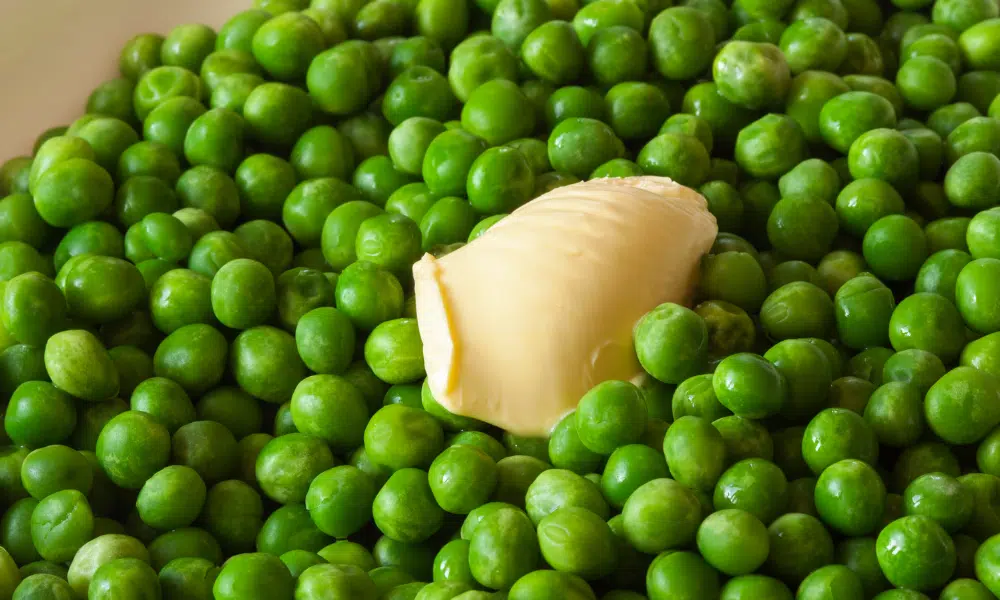
- Err on the Side of Caution – If your microwave is particularly powerful, it’s best to reduce the cooking time of frozen peas slightly. If you overcook your peas, there’s no way to rescue them, and they will be a shrivelled mess! If you underdo them, you can always return them to the microwave.
Why You Should Microwave Frozen Peas
Granted, frozen peas aren’t the most complicated food to prepare, but microwaving them has the following advantages:
Easy
As you can see from our instructions, there’s really nothing complicated about microwaving frozen peas. Just don’t forget to add a small amount of water so they don’t dry out.
No Defrosting
Peas, like many other vegetables, are perfectly safe to cook from frozen. This means you don’t have to waste time defrosting them before you cook them.
As they’re so small, it doesn’t take long for the microwave to penetrate them and thaw them from the inside out.
Why You Shouldn’t Microwave Frozen Peas
Conversely, you might not be sold on microwaving peas for the following reasons:
Risk of Shrivelling
If you leave your peas in the microwave for too long, they might shrivel and go hard.
To be fair, this is the same regardless of how you cook peas, but you need to be mindful if your microwave is particularly powerful.
Not that Quick
One of the advantages of cooking food in the microwave is that it typically requires much less time.
However, cooking peas in boiling water on the stove takes a similar amount of time, so you’re not necessarily going to save time by microwaving them.
Microwaving Frozen Peas FAQs
Still have questions about frozen peas and how they are cooked in the microwave? Then check these FAQs out:
If you want to thaw them in the microwave, add them to a microwave-safe bowl and microwave them (on the defrost setting) for 2-3 minutes. They should then be ready to use or cook in any way you choose.
Most brands of frozen peas will blanch or flash-steam the peas before they’re frozen to lock in their colour, texture and nutrients. Without this pre-cooking, they wouldn’t last as long (or be as green).
Generally, people prefer frozen peas. They tend to have a nicer texture and retain more nutrients and flavour than fresh peas (unless they’re direct from your garden).
Ross is a freelance writer with a passion for delicious food and drinks, having worked in the hospitality industry in the past. He began working with Let’s Foodie when it first launched to provide information on how to reheat, freeze and microwave different foods.


